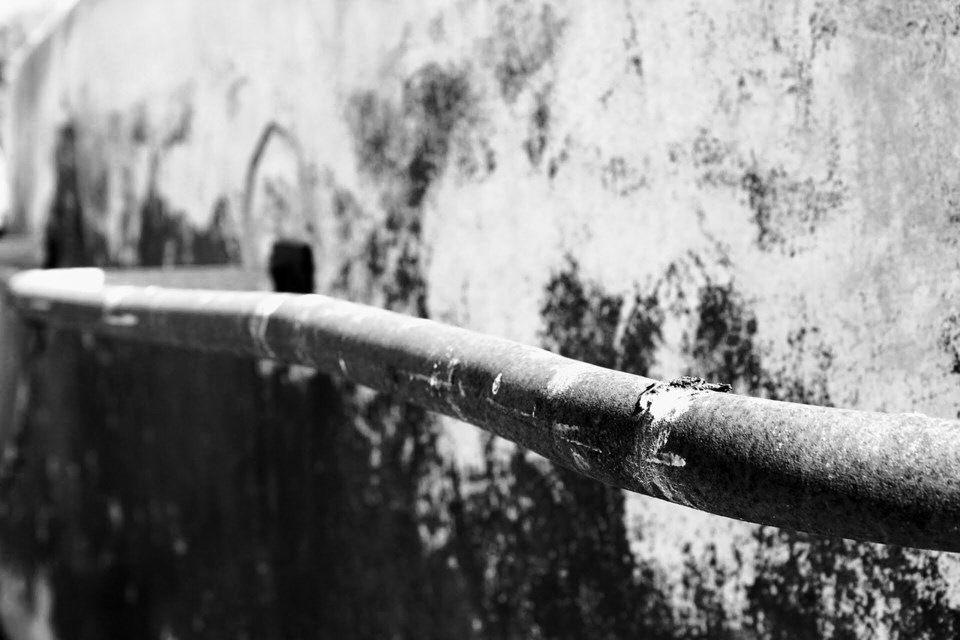HUMBOLDT — Humboldt’s concentration of lead is well below the maximum acceptable level, but there are concerns about older homes that still use lead pipes to draw from the city’s system.
The city re-released its 2018 drinking water sample report in response to a study conducted by 120 journalists from nine universities and 10 media groups that showed there were high levels of lead in drinking water in certain cities across the nation, including Saskatoon, Regina and Moose Jaw.
Humboldt’s water is tested annually, the 2018 drinking water sample report shows 0.0001 mg/L of lead in the single sample tested. The maximum acceptable concentration of lead in drinking water the Water Security Agency (WSA) gives is 0.01 mg/L, putting Humboldt’s sample in a safe range.
Peter Bergquist, Humboldt’s director of public works and utilities, said the issue isn’t the water itself, which comes from the South Saskatchewan River and delivered through a SaskWater pipeline.
“The primary issue isn’t the water, our source of water, our quality of water. It’s what happens when the water sits in the service pipes,” Bergquist said. “The service pipes to the house are the primary concern.”
He explained that when water sits stagnant in lead pipes, it picks up the lead particles.
“Let’s say after you go to bed and you wake up and the water sits stagnant in the house pipe, that’s where the lead can leech out.”
Bergquist said a way a homeowner with lead piping can reduce this exposure is by running the tap until the water is cool. This results in the water coming straight from the city water lines rather than the household piping where it may be sitting.
In November 2018, the city implemented an observation and preventative measures program offering testing to properties located in neighbourhoods older than 1950. From those who voluntarily participated, along with routine inspections and excavations, public works has identified approximately 25 properties within a small area of Humboldt that may have lead components used for service connections or have some sources of lead within the dwellings themselves.
Bergquist said the city is still learning where lead piping is used, as service records weren’t kept in the past.
“We don’t know specifically where each issue may be, so we’re still progressing on an inspection and water testing basis,” he said. “As we learn more about where these services are we can put together a better plan to remediate or how to take care of all these.”
The city is currently removing any lead pipes found when they replace water mains.
“However, the obstacle we currently face right now is it’s voluntary if the residential or the private side wants to replace it or not,” Bergquist said. “We’re not content with it. We haven’t had enough participation in replacing their lead services.”
He said there are a few reasons why homeowners have been opposed to replacing lead pipes.
“A know a large portion of that is financial or disruption. So damaging the lawn, damaging concrete, driveways or sidewalks. Personal preferences, if somebody lived there for a long time they may not think it’s an issue.”
In May of 2019, in an effort to assist property owners in replacing their lead water service, Humboldt council modified its “Lead Water Service Replacement” incentive.
The city now provides a reimbursement of up to $750 to a property owner upon the replacement of a property owner’s portion of a lead water service. The city will replace its portion of each lead water service at no cost to the owner when a water main replacement is scheduled or “when reasonable to proceed if work is being completed in the area”.
Bergquist said the city wants these lead services removed, and if it was his own home, so would he.
“We don’t want to even have to worry about these lead services, or we don’t even want them on our books because obviously it’s old infrastructure, it should be replaced. However, places like Saskatoon are one of the very few municipalities that have a bylaw in place forcing the property owner to replace.”
The City of Humboldt is asking the public that if they suspect their home or property may have lead piping or fixtures, and would like to participate in their testing program, to send an email to publicworks@humboldt.ca, or call public works at 306-682-2525, extension 309.
Property owners can also confirm their service connection is safe by inspecting the pipe connected to the inlet of their water meter. If it is either copper or PVC, the service does not contain a lead service. Homes constructed after the mid ’50s are unlikely to have a lead service.
Upon identification of a lead water service, the City of Humboldt then documents the findings, and works with the owner of the property annually in writing, providing information regarding health risks of lead and encourages them to replace their lead water service.
“In all those letters we say we strongly recommend that you replace your service, but it doesn’t always happen, unfortunately.”



